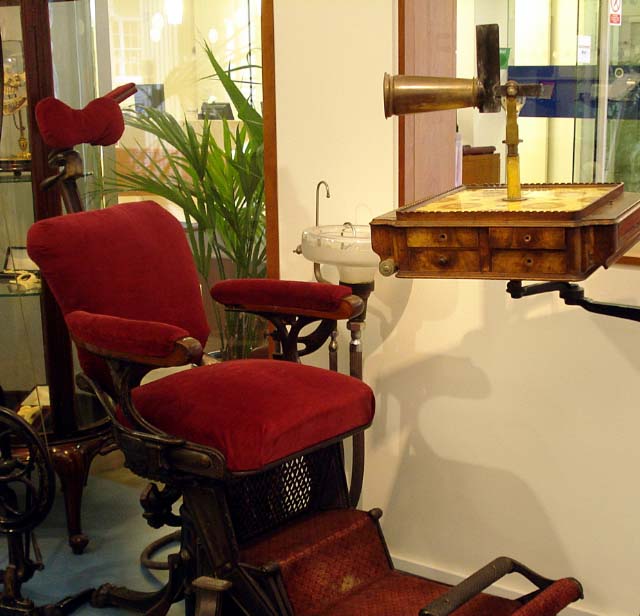British Dental Association Museum
The British Dental Association Dental Museum began in 1919 when Lilian Lindsay, the first female to qualify as a dentist in the UK, donated several old dental instruments to the association. She had been storing them in a box under her bed.
With a collection of over 25,000 items, it is one of the largest dental museums in the world. This museum is a hidden gem for those who want to explore the evolution of dentistry and gain a deeper understanding of the occupation.
One of the most notable features of the museum is its collection of dental artefacts and instruments. See early versions of the drill and forceps, and other tools used by dentists throughout history. These items provide a fascinating glimpse into the evolution of dental technology and the ingenuity of early dentists who had to work with limited resources.
The museum also has a section dedicated to dental education's history, including a collection of dental textbooks, certificates and diplomas, and photographs of dental schools. This section provides insight into the early days of dental education and how it has evolved over time to become the highly-specialised field it is today.
Another highlight of the museum is its collection of dental art and artefacts. Visitors can see models of teeth and jaws, as well as sculptures and paintings depicting dentists and their patients. These pieces provide a unique perspective on the artistic side of dentistry and help to illustrate the important role dentistry has played in society throughout history
.In addition to its impressive collection, the British Dental Association Museum also hosts a variety of exhibitions and events throughout the year. These events provide an opportunity for visitors to learn more about specific aspects of the collection, and to engage with experts in the field of dentistry.
For those interested in conducting research or making enquiries about the collection, the museum's staff is knowledgeable and can help navigate the exhibition and answer any questions. They also have a research room for people interested in deeper research.
The museum also showcases different sections such as anatomical models, dental art, dental care at home, dental equipment, teeth and dentures. These sections provide visitors with a comprehensive look at the various aspects of dentistry and dental care throughout history. The section on dental care at home is particularly interesting as it provides insight into how people took care of their teeth before the advent of modern dentistry.
The British Dental Association Museum in London is a must-see destination for anyone interested in the history of dentistry. With its vast collection of artefacts, it provides a comprehensive look at the evolution of dental technology, techniques, and materials. It also offers a great resource for students, educators, and dental professionals who want to learn more about the history of their field. The museum is open to the public, but by appointment only, so it's best to plan ahead if you want to visit.

